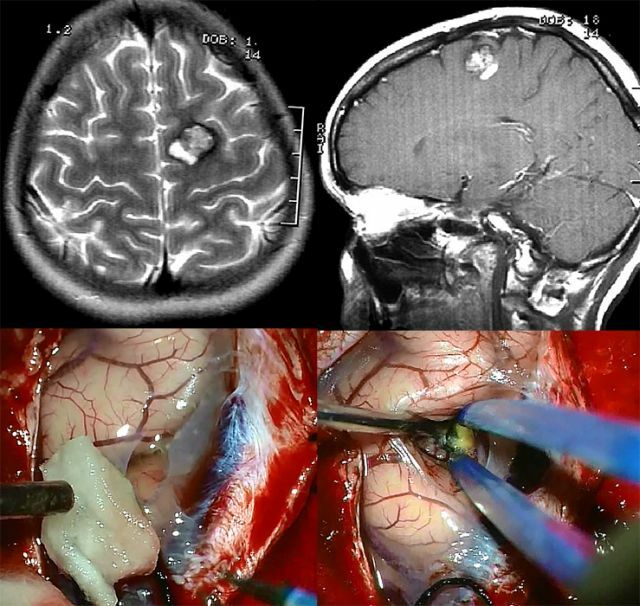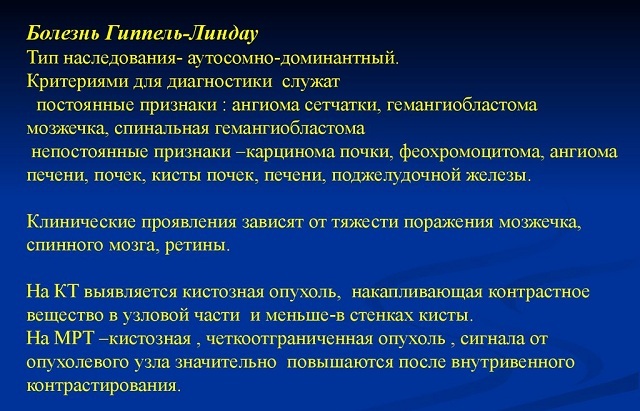 Brain Germinoma is a rare tumor that occurs when the fetus is prenatal. It arises from the embryonic leaves, from which the formation of the organs and tissues of the baby.
Brain Germinoma is a rare tumor that occurs when the fetus is prenatal. It arises from the embryonic leaves, from which the formation of the organs and tissues of the baby.
Education consists of different tissues and can be found not only in the brain, but also in the reproductive system and the spine.
This type of tumor is only 2% of all cases, but this neoplasm is the most common among the deep-seated.
Basically, the tumor is contained in the deep structures of the brain and refers to a difficult operable. Neoplasm can be benign, as well as malignant, progresses together as the child's body grows, and at an early age can show no signs.
The first signs of the disease appear at the age of 12-13 years. But if the tumor is malignant, then the symptoms manifest much earlier.
Also, the tumor can progress very slowly, and only manifest itself in 25-30 years. Statistics show that this pathology is more common in the male half of the population. If the tumor is malignant, then it progresses and embraces nearby tissues and structures of the brain.
Located near the third ventricle. According to statistics, germinoma in a quarter of all cases is a benign tumor.
Causes and symptoms of the tumor process
Brain heminoma, refers to tumors that appear when an intrauterine developmental disorder occurs. There is a theory that the tumor
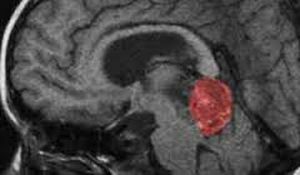
Pineal region of the brain - the main location of the germinome
is due to the defeat of tissue differentiation and the migration of tissues at the initial stage of fetal development.
The causes of intrauterine changes are many adverse effects that affect the embryo through the mother's body.
Most often the location of the neoplasm is the pineal region of the brain, and very often the germinome provokes the development of hydrocephalus, when excess fluid accumulates in the brain, against this background the following symptoms appear:
- excruciating headache that does not go away when taking medications;
- senses intraocular pressure;
- nausea and vomiting occur, which are not dependent on food intake;
- develop dizziness or fainting;
- lost capacity and weakness;
- there is a visual impairment: there is a double vision in the eyes and flaws in the visual fields, the sharpness decreases.
If the patient has a malignant neoplasm, then the general symptoms appear:
- , appetite is lost;
- causes anemia and symptoms that are associated with it;
- rarely reduces weight;
- manifestation of depression, as well as lost interest in life.
Diagnostic criteria
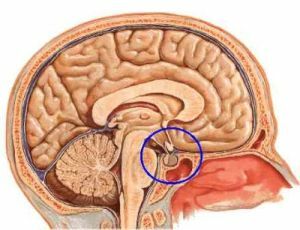 Brain Germin is a very terrible and poorly treatable pathology, therefore it is necessary to apply special timely diagnostic measures and prescribe emergency therapy.
Brain Germin is a very terrible and poorly treatable pathology, therefore it is necessary to apply special timely diagnostic measures and prescribe emergency therapy.
The most difficult time to diagnose this tumor, since its location is in the deepest parts of the brain. Therefore, it complicates the diagnosis, as well as treatment.
At the first stages of life, it is very difficult to examine and reveal this pathology, because the neoplasm has an initially latent character.
Diagnostics can be carried out only when patients reach 10 years of age. The main primary factor indicating the presence of germinoma is increased intracranial pressure, therefore, it is possible to identify the formation at this stage with the help of electroencephalography.
The next stage of the examination is CT( computer tomography) and MRI( magnetic resonance tomography) of the brain. At this stage, the size, location and nature of the lesion are established.
The patient then passes the blood test. At laboratory research it is necessary to find out in a blood contents of markers of a neoplasm( hCG, AFP, PZHF).
The most effective and accurate way to determine a tumor is biopsy. Although this method is not always justified for this pathology. Since the uneven structure of the neoplasm is unequal, it is impossible to accurately diagnose, but because of the deep location of the tumor, the procedure is complicated. Therefore, doctors in many cases, this method of diagnosis is excluded.
It also requires differentiation from other neoplasms of the brain, as well as from the accumulation of pus and blood in the brain and the colloidal cyst of the 3 ventricles.
The gold standard of therapy is the use of the three
methods. The following therapy methods are used for treatment / removal of the tumor:
- Radiation therapy .Despite the fact that this tumor has increased sensitivity to radioactive and chemical irradiation, all
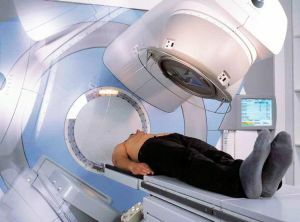 is equal to the main method of treatment of radiation therapy. Use this technique is not always allowed. Difficulties appear when irradiation of patients of small age, which radiation therapy is contraindicated to do, since the rays adversely affect the formation and development of a small organism.
is equal to the main method of treatment of radiation therapy. Use this technique is not always allowed. Difficulties appear when irradiation of patients of small age, which radiation therapy is contraindicated to do, since the rays adversely affect the formation and development of a small organism. - Polychemotherapy .Instead of radiotherapy, babies are prescribed polychemotherapy for the treatment of cerebral germinoma. This method affects the neoplasm, with the help of special medicines. In this case, a complex of medicines is prescribed, which together can reduce the spread of education or stop its further development. This is exactly what is necessary for babies, as it is necessary to buy time for the child to grow up.
- Operational method of treatment .The most difficult task for today in neurosurgery is a surgical intervention on the germine brain. The main problem is the inaccessibility to the deep sections of the cerebral cortex, as it is most often located there. Despite this complexity, the operation can still be done. This is done when other methods of treatment do not bring the desired result. In the event that the neurosurgeon decides to perform the operation, the decision of the operation intervention is allowed after careful examination and examination of the size and location of the tumor. To remove the neoplasm of the brain, a method such as bypass surgery is used. There is only one contraindication for the operation, this is an unclear and rapid growth of the germinome or its location in a zone that can not be reached.
Removal of the pineal tumor of the brain:
Complex therapy
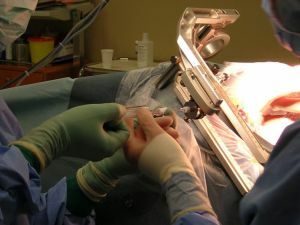 In special cases, complex therapy of radiation and polychemotherapy, and additional surgery in the treatment of neoplasm.
In special cases, complex therapy of radiation and polychemotherapy, and additional surgery in the treatment of neoplasm.
For children, this method should not be used due to the fact that there is a strong intoxication of the whole organism. But if there is no effective result from each of the above methods separately, it remains to apply only complex therapy.
The survival rate of patients after removal of the germinome is quite high and is 85%.
Prevention before and after surgery
The main way to prevent this and many other neoplasms of the brain is to eliminate the adverse effects of negative factors on the body of the pregnant mother.
The future mother must abandon bad habits and avoid contact with poisonous and radioactive substances.
This tumor, detected at the initial stage, is well amenable to radiotherapy and chemotherapy. Patients, in order to monitor their condition and the course of the disease after treatment, should go through and consult a neurologist once a year.

